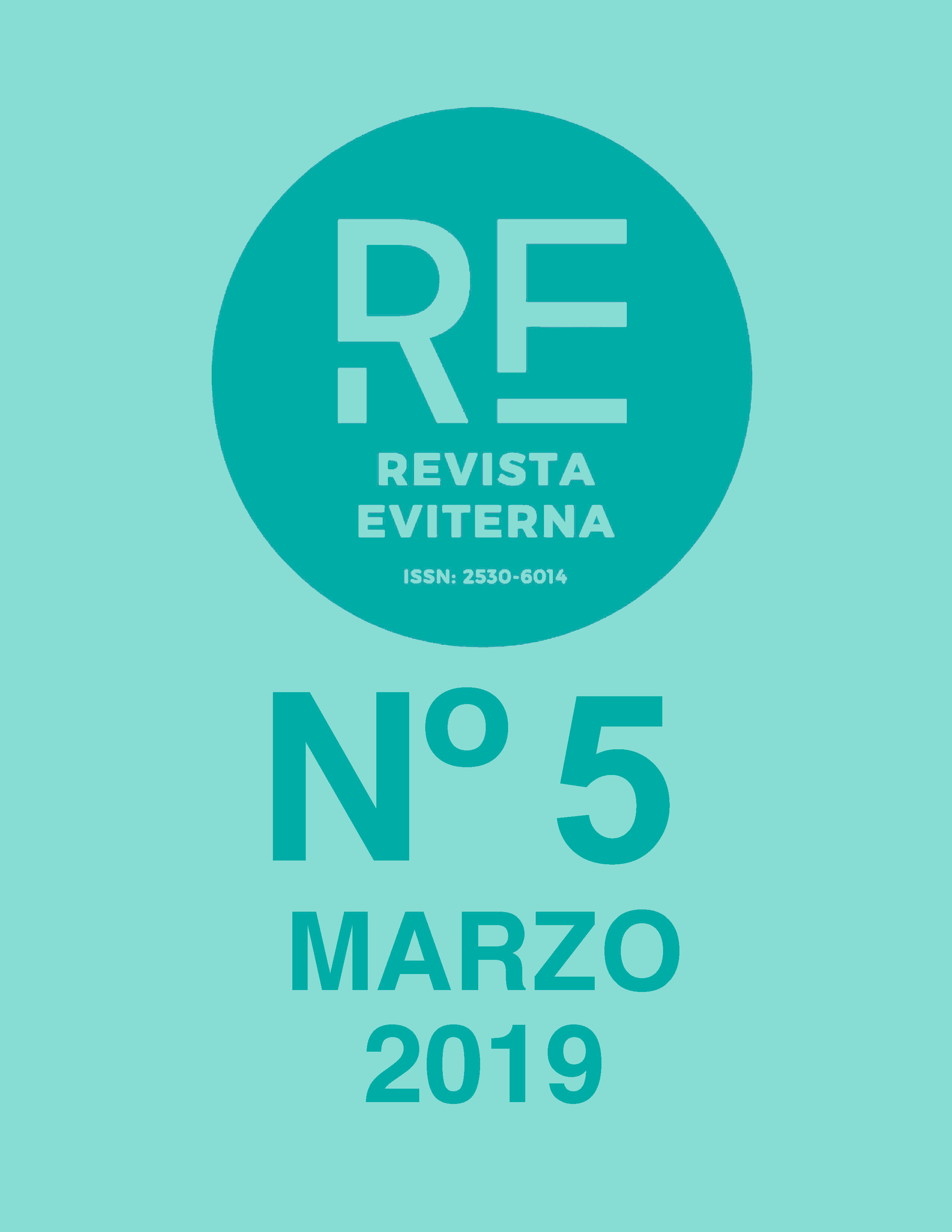Sing of the blind: a hypothesis of the troubadour office in the province of San Esteban de Gormaz (Soria) during the twelfth century
DOI:
https://doi.org/10.24310/Eviternare.v0i5.8093Keywords:
Music; Art; History; Romanesque Art; SoriaAbstract
The medieval music is a mystery. The one whose legacy comes from the 12th century until today is only preserved in muted manuscripts that require a hypothetical reinterpret of how world might sound. However, thanks to the architectural art of some temples as well as the few specimens preserved from this Romanesque period, the Music Archaeology has been able to recreate its physiognomy and probable sonority.
In a testimonial way, these same instruments present diverse origins as they offer us a historical and religious ideal of a society where the art of war coexisted with Art (in capital letters). The transmission and exchange of culture has been stamped precisely in the sculptural representations of these temples, probably as a Christian critique of immoral activities, and the province of San Esteban de Gormaz gives us a sample of all this.
Downloads
Metrics
Publication Facts
Reviewer profiles N/A
Author statements
Indexed in
-
—
- Academic society
- N/A
- Publisher
- Universidad de Málaga
References
ARNAIZ ALONSO, Benito; y RODRIGO MATEOS, Ma. Carmen (1993). El Románico en torno al Camino de Santiago en Castilla y León. Biblioteca El Norte de Castilla.
FATÁS, Guillermo; y BORRÁS, Gonzalo M (2016). Diccionario de términos de Arte y elementos de Arqueología, Heráldica y Numismática. Alianza Editorial: Bilbao.
GAYA NUÑO, Juan Antonio (1946). El Románico en la Provincia de Soria. Consejo Superior de Investigaciones Científicas: Madrid.
GÓMEZ GÓMEZ, Agustín (1946). El Protagonismo de los otros. La imagen de los marginados en el Arte Románico. Centro de Estudios de Historia de Arte Medieval: Madrid.
HOPPIN, Richard (2000). La música medieval. Traducido por Pilar Ramos López. Akal Música: Colmenar Viejo.
PORRAS ROBLES, Faustino (2007). Los instrumentos musicales en el Románico Jacobeo: estudio organológico, evolutivo y artístico-simbólico. Biblioteca Virtual de Miguel de Cervantes: Alicante.
YZQUIERDO PERRÍN, Ramón (1997), “Escenas de juglaría en el románico de Galicia". O Camiño Inglés e as rutas atlánticas de peregrinación a Compostela. A Coruña, Universidade. Servizo de publicacións, 1997, pp. 67-102.
Downloads
Published
How to Cite
Issue
Section
License
All the contents published in Revista Eviterna are subject to the Creative Commons Reconocimento-NoComercia-Compartirigual 4.0 license, the full text of which can be found at <http://creativecommons.org/licenses/by-nc-sa/4.0>
They may be copied, used, disseminated, transmitted and publicly exposed, provided that:
The authorship and original source of your publication (Journal, editorial and URL of the work) are cited.
They are not used for commercial purposes.
The existence and specifications of this use license are mentioned.

Copyright is of two kinds: moral rights and patrimonial rights. Moral rights are perpetual, inalienable, inalienable, inalienable, inalienable and imprescriptible prerogatives.
In accordance with copyright legislation, Revista Eviterna recognizes and respects the moral rights of the authors, as well as the ownership of the economic right, which will be transferred to the University of Malaga for dissemination in open access.
The economic rights refer to the benefits obtained by the use or disclosure of the works. Revista Eviterna is published in open access and is exclusively authorized to carry out or authorize by any means the use, distribution, disclosure, reproduction, adaptation, translation or transformation of the work.
It is the responsibility of the authors to obtain the necessary permissions of the images that are subject to copyright.







12.png)



